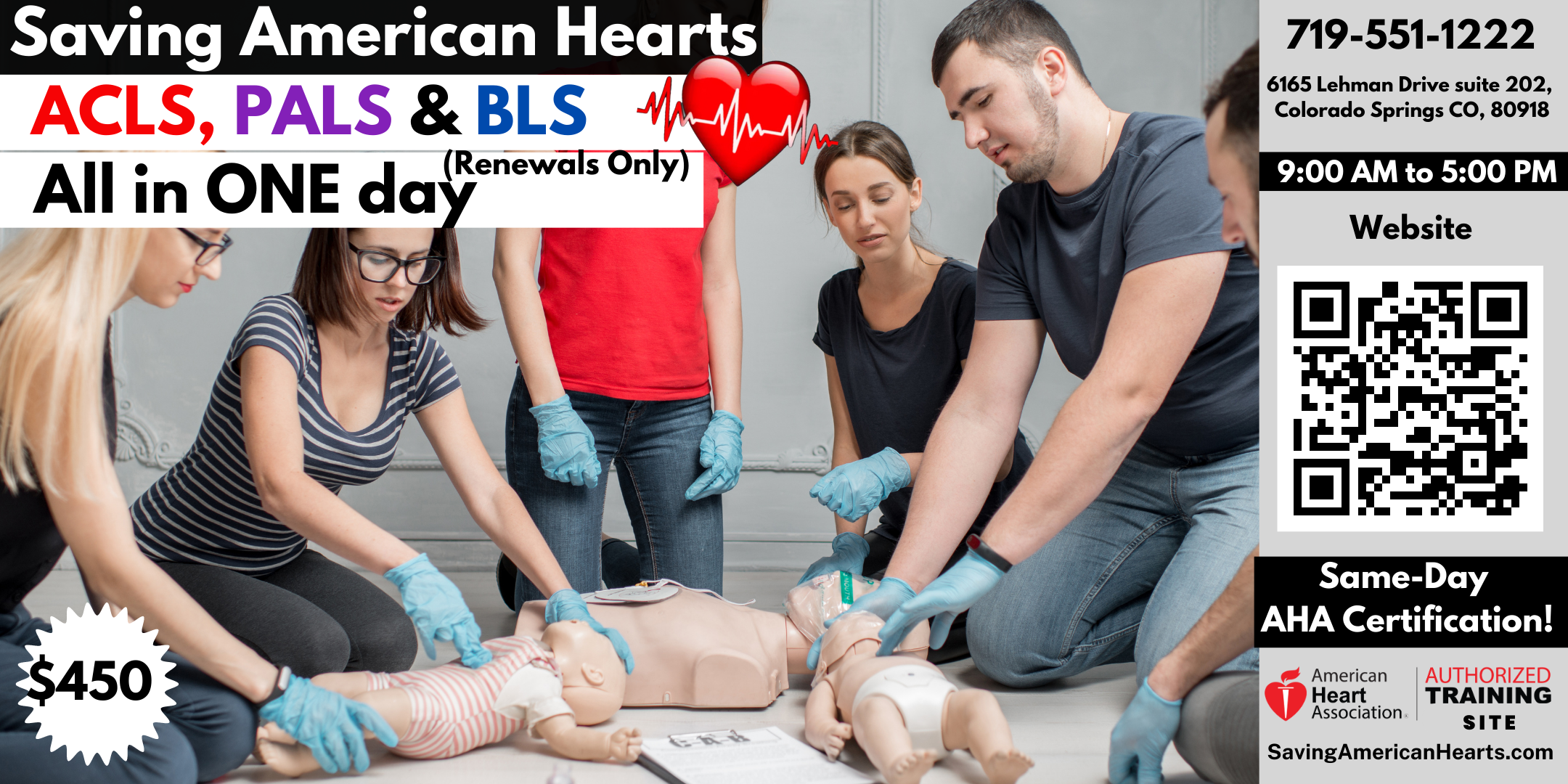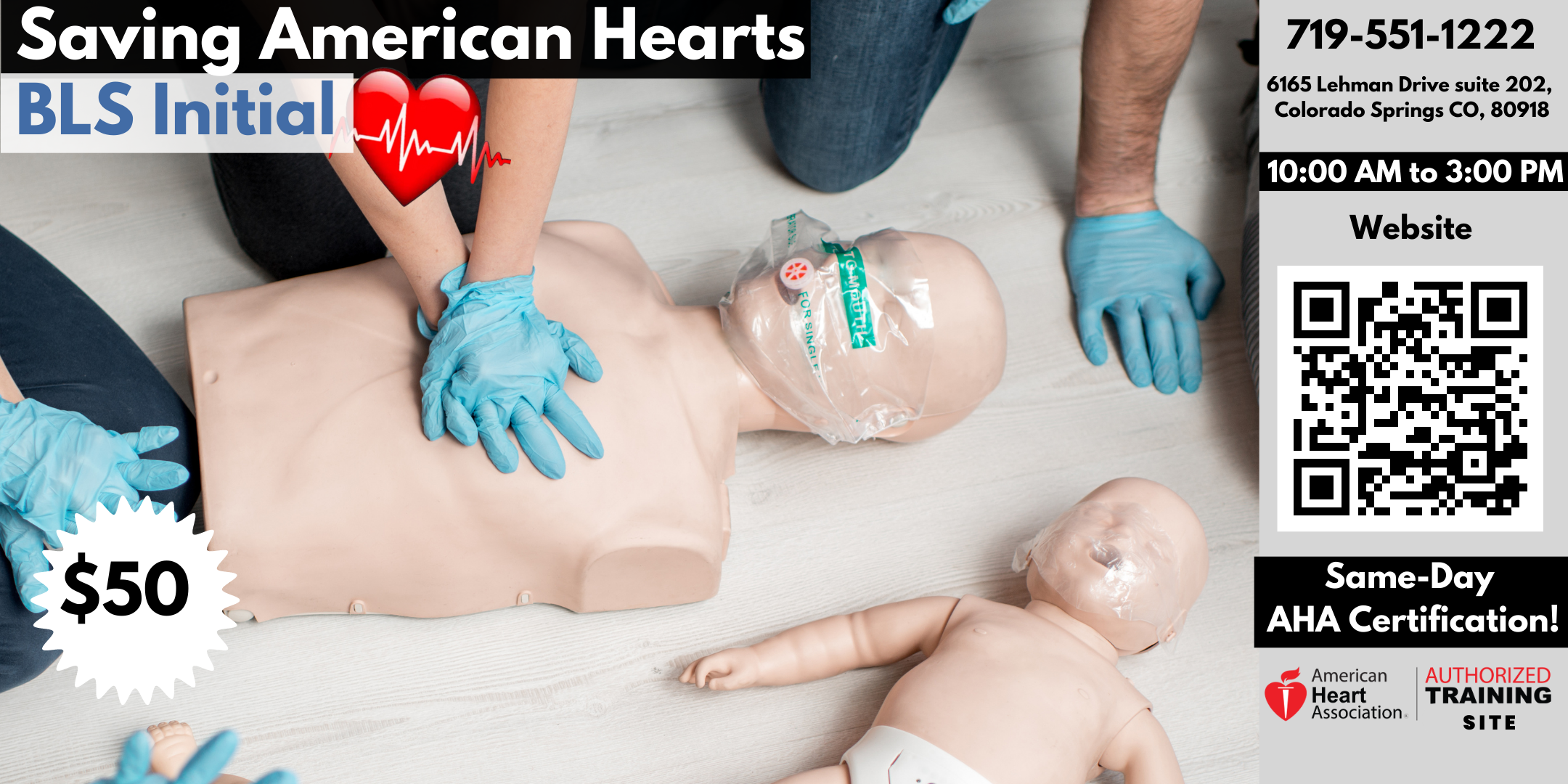Posted by By Thomas Goodwin Smith June 24, 2023 on Jul 4th 2023
Carroll Hospital opens new medical training facility capable of running high-tech simulations
Carroll Hospital opens new medical training facility capable of running high-tech simulations
You wouldn’t want a pilot with no experience to fly your airplane just as you wouldn’t want an inexperienced doctor to perform surgery. Those in careers with high degrees of risk can garner real-world experience from simulations, which are becoming increasingly advanced and prominent in medical curricula.
On Thursday, Carroll Hospital opened the Kahlert Foundation Simulation Center, a state-of-the-art $2 million facility designed to provide realistic medical situations for health professionals as part of their education. First responders, Carroll Community College nursing program students, and other local medical organizations can use the simulation center for free.
“By investing in simulation-based training, we invest in the well-being of our community and pave the way for a healthier and safer future,” said Lifebridge Health Vice President of Medical Affairs Dr. Mark Olszyk. “The center will serve as a beacon of knowledge innovation.”
The Kahlert Foundation Simulation Center was named in recognition of a $750,000 gift from the The Kahlert Foundation, a nonprofit established in 1991 by William “Bill” E. Kahlert. Kahlert, who died in 2011, was the co-founder of Evapco Inc., a worldwide manufacturer of evaporative cooling products, with corporate offices in Taneytown. Matching funds were provided by the Carroll Hospital Auxiliary.
The nonprofit’s president, Greg Kahlert, gave remarks at the opening ceremony.
“It helps everybody with better quality training, work habits and outcomes for the people that are supported,” Kahlert said. “That’s so important. And not all hospitals have one, so we’re very, very fortunate to have one here that is as effective and efficient, with a great layout and beautiful facilities.”
Carroll Hospital President Garrett Hoover said the 4,000-square-foot facility is ready to host community partners for high-quality medical training.
“Although the center is located here in the hospital, we had a vision from the very beginning that we wanted to be a community resource,” Hoover said.
Training provided by the center will be organized and directly overseen by simulation manager Theodore Raaymakers of Westminster. Raaymakers comes to the newly created position with more than a decade of building and refining simulated learning experiences for hospitals across the country.
“Simulation can really bring heart to a lot of textbook learning where it’s mostly sterile and clinical,” Raaymakers said. “We try to bring a human element to practice.”
The simulation center features a multifunctional classroom space and multiple simulation rooms. Trainees may engage in simulated medical scenarios in rooms designed to mimic a surgical suite, an emergency department, a patient room and a labor/delivery room. Each room is outfitted with simulated medical equipment and contains a cutting-edge mannequin resembling patients of different ages and ethnicities, including a baby mannequin for simulating pregnancy complications. The training program can simulate more than 1,000 scenarios, but Raaymakers said simulating high-risk, low-frequency scenarios will likely have the greatest educational value.
Raaymakers provides the voice of patients during simulations through a speaker system connected to a microphone and computer he operates from a backroom. The manager said he is in control of the simulation and can amp up the difficulty as he deems appropriate.
A demonstration on Thursday began with the mannequin-patient telling nurses he was experiencing chest pain. When his simulated vital signs took a turn for the worse, medical professionals initiated CPR and defibrillation swiftly, decisively and according to protocol. The real team of staff employed by Carroll Hospital demonstrated teamwork, communication and levelheadedness under pressure in administering care that would be lifesaving in the case of a real emergency.
“Simulation is it’s theater,” Raaymakers said, “that’s how I’ve always looked at it.”
It is projected that 60% of the training at the simulation center will benefit nurses and 40% will benefit other medical professionals. Raaymakers said uses of simulated training can be wide-ranging and tailored to individual needs, from helping nurses with fundamental skills to helping physicians improve their bedside manner.
“You have to think about what the overarching thing they need is,” Raaymakers said. “They need confidence, the ability to talk to patients, and how to take vital signs. It can be everything.”
The Carroll Hospital expansion also features three new 3D printers, which Raaymakers is adept at operating. 3D printing is a boon for hospitals because it can produce replica bones and resin molds for simulated silicone body parts, Raaymakers said, adding that such parts are better than more expensive products because printed designs allow for customization.
The three 3D printers owned by Carroll Hospital cost about $1,200, but a single fake body part that would cost hundreds of dollars to buy can be 3D printed in several hours for less than $20. Raaymakers joked that the printers are great co-workers because they work tirelessly at the push of a button.
The Kahlert Foundation Simulation Center also has augmented reality capabilities provided by a Quest 2 and Quest 2 Pro headset. Raaymakers said virtual reality can change the appearance of a mannequin to simulate an injury, which is a high-tech upgrade to having to purchase and apply makeup. He added that more virtual reality headsets are likely to be acquired when augmented reality program logistics become clearer.
Carroll Community College President James Ball said the facility will enhance the education of nursing students for years to come.
“We have a sim space at the college,” Ball said, “but it’s never been big enough or adequate enough, so the opportunity to come over here and partner with this beautiful resource — and it’s just a beautiful place to learn — it augments what we’re doing so much.”
A new nursing program at McDaniel College will also make use of the space. Information about when that program will begin and how it will fit into existing nursing education in Carroll County is not yet available, McDaniel President Julia Jasken said. The program has the approval of the Maryland Higher Education Commission and must now be approved by the Maryland Board of Nursing.

